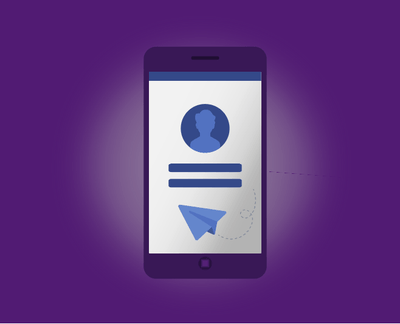As a benchmark, I will take the statistics that Sales4Team System users achieve.
The percentage of responses received after sending a message varies between 15% and 25%.
However, this does not mean that a result in the region of 10% will be bad. A great deal depends on the content of the message prepared and the credibility of your profile.
















